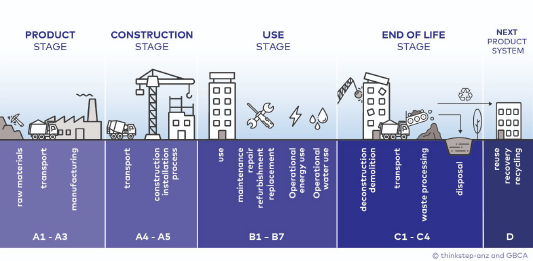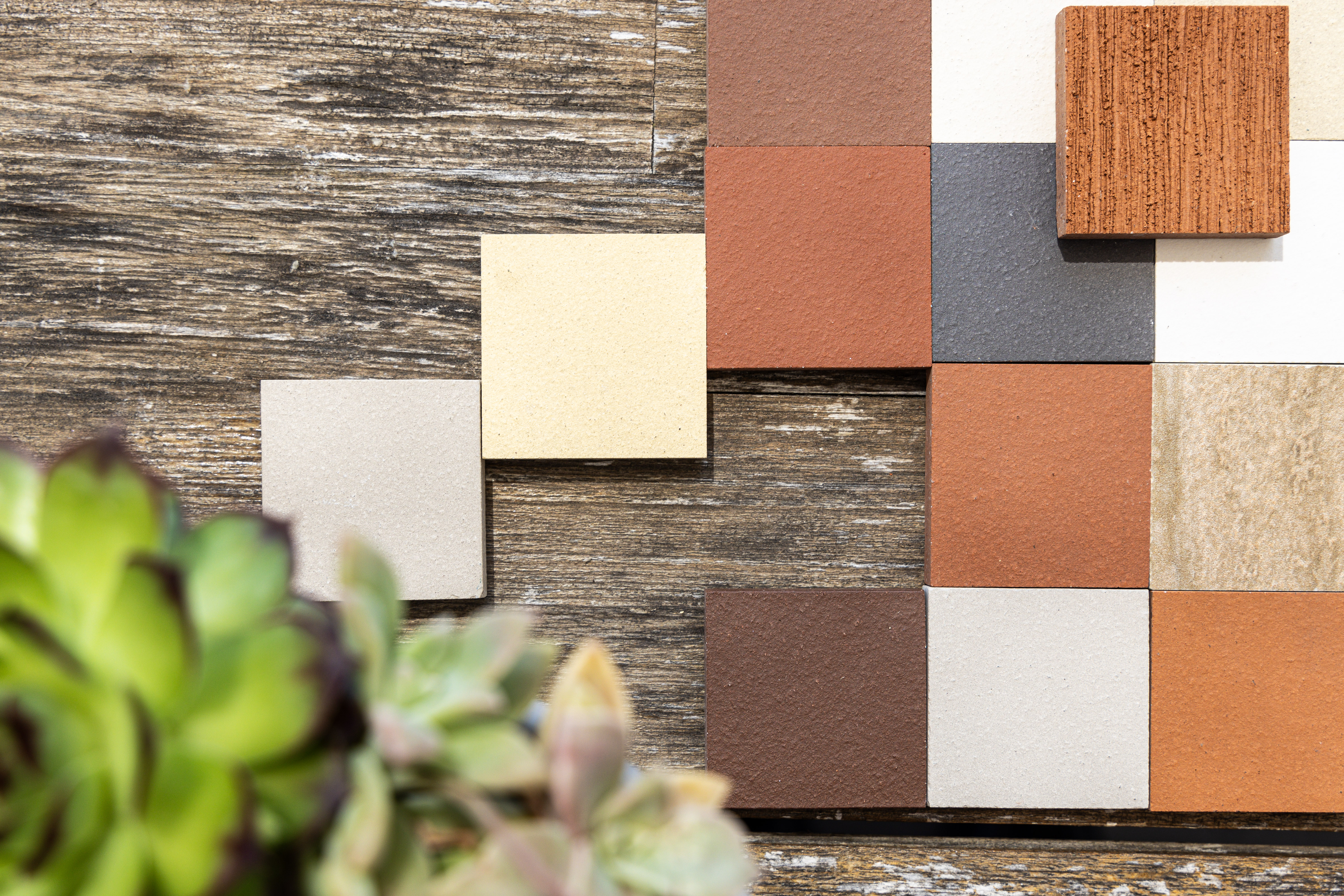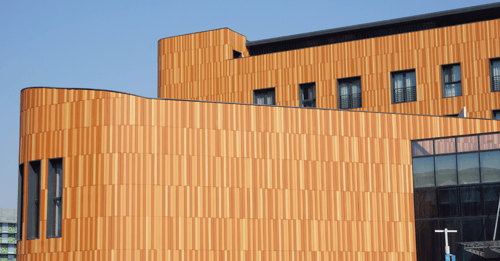Cladding for the Ages: Combining modern façade innovation with the timeless elegance of natural terracotta
In the world of architectural design, where tradition meets innovation, Fairview presents its latest masterpiece: Clayton Terracotta Cladding.
Fired from the Earth, terracotta has withstood the test of time, becoming a symbol of endurance and aesthetic sophistication. Modern production techniques, coupled with centuries of accumulated knowledge have delivered an external wall façade system that not only boasts the highest quality, strength, and durability but also rekindles our connection with nature.
The Story of Terracotta
Derived from the Earth itself, terracotta stands as the cladding for the ages, well surpassing the life expectancy of other materials. Terracotta paved its way through ancient Greece and Rome giving character to countless historic structures. By the 19th century, an interest in terracotta’s potential for the industrial construction sector developed due to the material’s cost efficiency, durability and profound characteristics.
The use of architectural terracotta became extremely popular for urban commercial buildings during the first three decades of the 20th century. Clayton takes this ancient medium to new heights, combining time-honoured craftsmanship with contemporary innovation. The result is a façade system that not only provides strength and durability but also serves as a testament to the enduring beauty of natural materials.
Terracotta Cladding Panels with Design Flexibility
Clayton offers a canvas for architects and designers to express their creativity. Harnessing the raw beauty of the Earth's colour palette, the panels create stunning and enduring façades. The controlled kiln firing techniques ensure that terracotta's natural colours remain vibrant and resistant to fading over time.
Architects can play with a variety of terracotta panel textures, including natural, sandblasted, wire struck, corrugated, grooved and linear, stimulating fluidity, dynamism and depth in architectural designs. Experimenting with Clayton profiles enhances the interplay of light, shadows and dimension, opening limitless contemporary design opportunities.
The versatility of Clayton extends to its installation, allowing for both horizontal and vertical orientation, maximising design flexibility for any project. The Baguette range for example, not only adds colour, depth and form to buildings but can also serve as an effective sunshade or screen.
With one of the largest ranges of panel profiles in the industry, Clayton has a variety of pigments, oxides and glazes available for designers to create infinite colours, tones and finishes. For an urban build that will turn heads, consider Clayton Specialised Finishes, including Glazed Broken Glass, Frottage and Chromatic Rainbow.
A Façade System with Sustainable Design
The built environment represents about 40% of all emissions worldwide. In Australia, approximately 16% of all carbon emissions generated from the built environment come from the products and materials used in the construction and refurbishment of buildings, fit outs and precincts.
The following stages of a building’s lifecycle all contribute to its embodied carbon footprint. This includes:
- Upfront Carbon Emissions, which are caused before the building begins to be used, for example, the manufacturing of building products, transportation to site and construction of the building.
- Use Stage Embodied Carbon, the emissions associated with materials and processes needed to maintain the building during use, such as for maintenance, repair or refurbishments. This also includes the emissions associated with energy and water used to operate the building.
- End of Life Carbon, the emissions associated with deconstruction/demolition, transport from site, waste processing and disposal phases of a building's life cycle which occur after its use.

Reducing Upfront Carbon and End of Life Carbon with Natural Cladding Materials
Specifying natural cladding that is manufactured from the Earth’s raw materials is a key factor to lowering the upfront emissions of the build and assisting in the decarbonisation of our built environment.
Beyond its aesthetic appeal, the Clayton Terracotta Façade System embodies sustainable design practices to reduce the build’s overall embodied carbon emissions. Crafted from 100% natural raw materials, Clayton panels can be easily repurposed or returned to the Earth after the building is demolished or deconstructed, aligning with eco-friendly construction principles to reduce the build’s ‘upfront’ and ‘end of life’ carbon.
Reducing Use Stage Carbon with Rainscreen Façade Systems
Installed as a rainscreen façade system, Clayton contributes to improved ventilation and regulates temperatures and airflow. Its sustainable design avoids the need for grout or sealants, reducing maintenance requirements for façade upkeep. Clayton terracotta panels not only resist dust but self-clean with rainfall, minimising the ‘use stage’ embodied carbon even further.
This low-maintenance, sustainable building product emerges as an eco-conscious alternative, offering beautiful biophilic designs with enhanced energy efficiency, noise reduction and weather protection.
Deemed non-combustible under C2D10(5)(G) NCC22, Clayton also stands strong against impacts, scratches and dents, making it the perfect façade system for clad A, B and C developments.
Fairview, A Cladding Panel Partner You Can Trust
With decades of cladding innovation, Fairview invites architects to craft their vision with a trusted partner and friend of the industry, ensuring that every project reflects the highest standards of quality and aesthetic brilliance. Elevate your designs with Clayton and let nature inspire your architectural creations.
Request a sample of Fairview’s new range of Clayton terracotta panels.


.jpg?width=500&name=Wolfshof%20(5).jpg)
